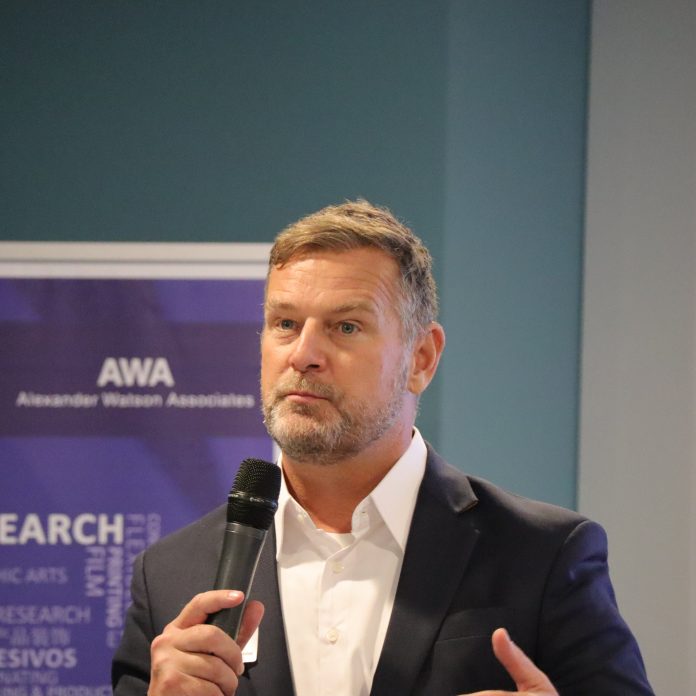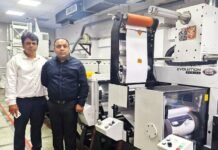
The traditional AWA seminar before Labelexpo took place on the 23rd of September the day before the show opened and it had two tracks. One was the stream on linerless trends and the other on liner trends. Sustainability is driving the linerless trend, one in which unsupported labelstocks are printed and converted and while this is a solution for doing away with silicone coated liners that are difficult to collect and de-siliconize. However, there are large label converters who still dismiss this technology as not being viable at this time although the benefits are that it doubles reel capacity.

Although one cannot dismiss the linerless technology (which we believe is fairly small at this point but which of course the AWA research trends would have illuminated further) we took part in the release liner seminar that we think will dominate at least the Indian market for the foreseeable future. While release liner has other applications apart from labels, it is dominated by labels. Of the 52.8 billion square meters produced, 49% is used for label stock production.
The Asia Pacific leads in the growth of release liner at 6.3%v and by implication in the production of labels. The price trend for liner papers which are fairly benign although in recent months there has been a decline in liner prices to India, partly because of a softening in the price of pulp which drives it according to one of the experts at the event.

Sustainability was the key discussion at the seminar and it was made quite clear that it is possible to collect and de-siliconize used liner and repulp it for making liners for a variety of labelstocks. This seems to be one of the most relevant discussions and outcomes of the seminar for Indian brand owners and label converters. A discussion and conversation that has to take place to make both the manufacturing brands and label converters responsible. The alternatives are not pleasant – increasing legislation which as Indian industry knows can be sudden and often seemingly cataclysmic. An irresponsible and static industry unable to bring the stakeholders around the table will only face opprobrium from the public, harish legislation and stiffer audits from the hopefully growing number of brand owners who must shape up to their responsibility.










